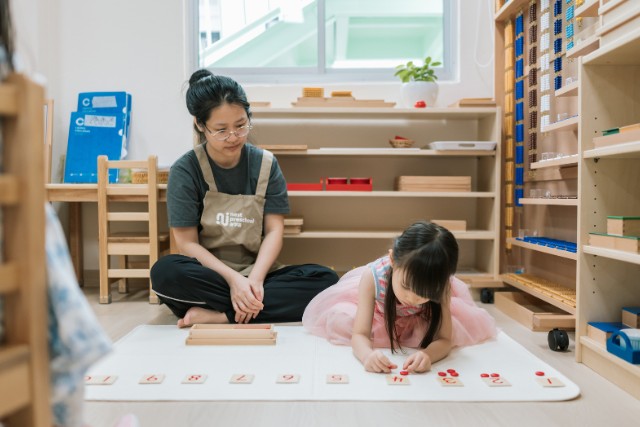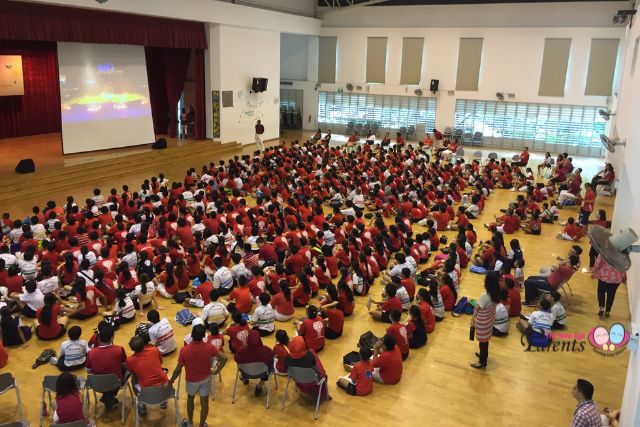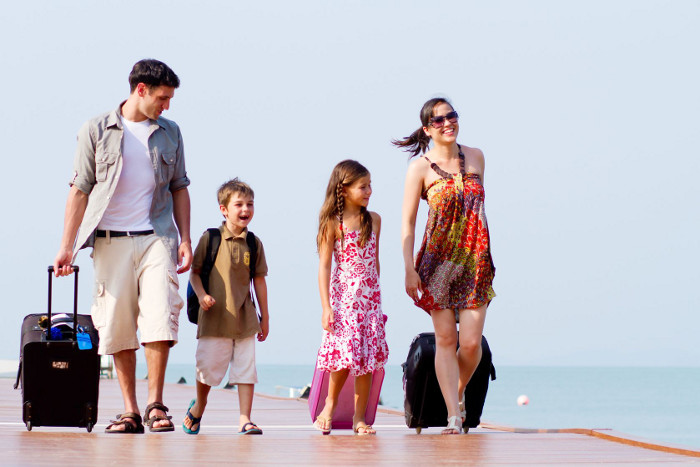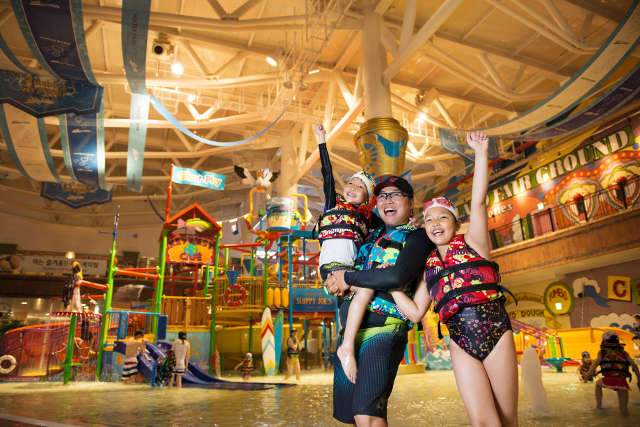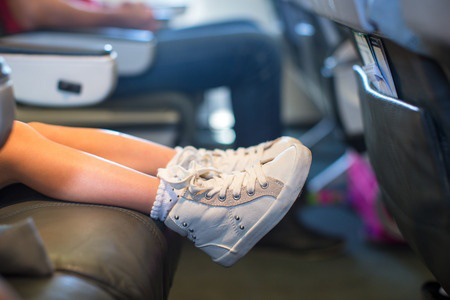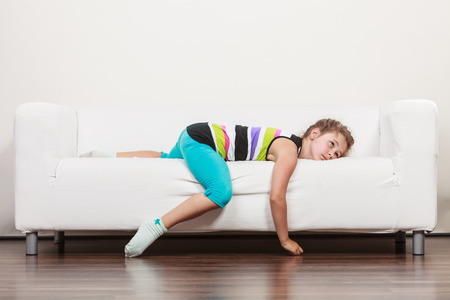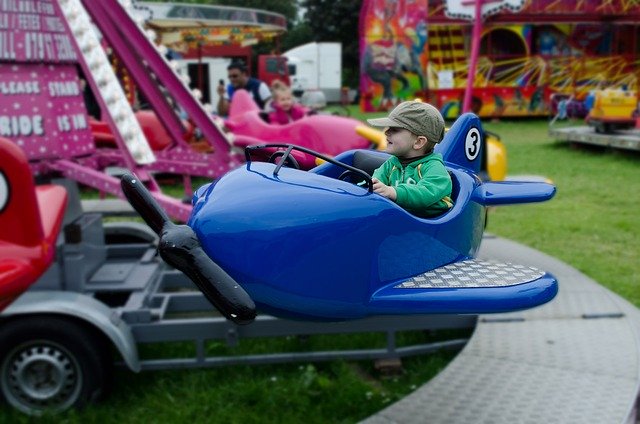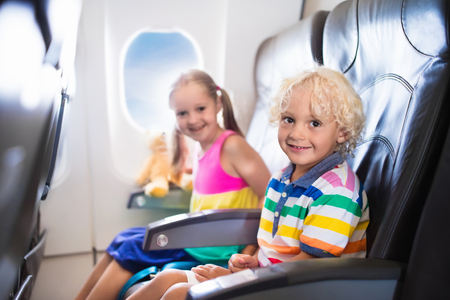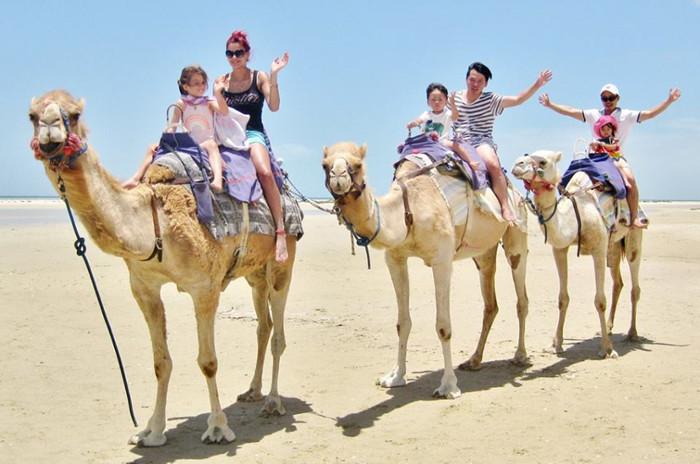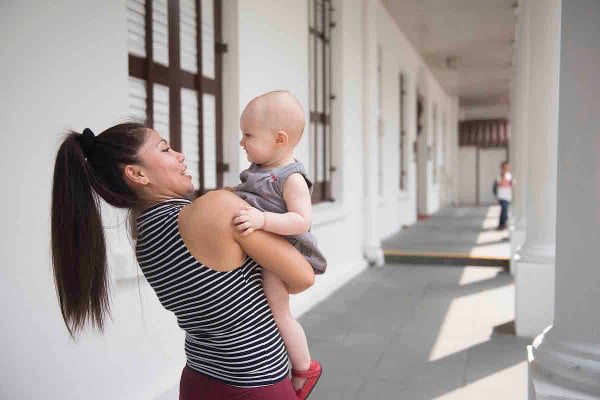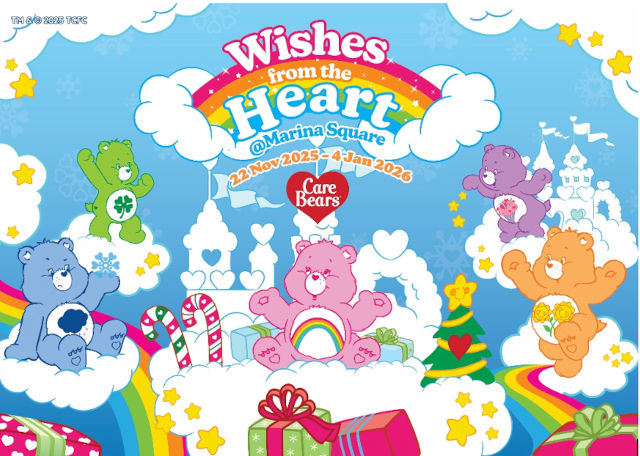Taking a flight can be a stressful process for some. Especially when you’re a first-time parent going on a holiday with an infant who has a 2-hourly feed. My first flight together with my son was when he was 7 months old. We went to Sydney for 10 days.
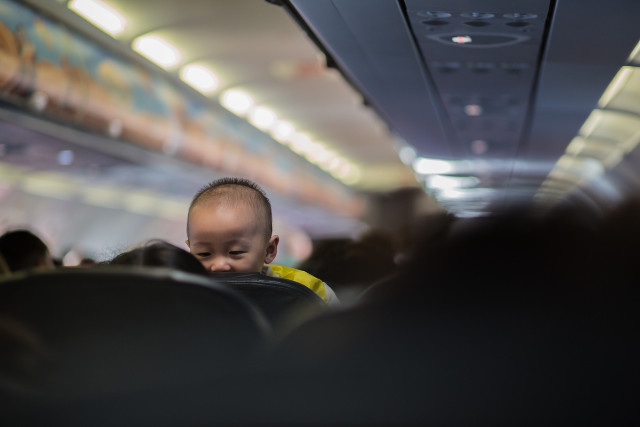
Travelling as a first-time parent, I was very anxious and wondered how I would survive a 7-hour flight. For my flight to Sydney, my mother flew with me and my baby. The challenging part was the flight back to Singapore, where I flew solo with my son.
During my solo flight with my young son, I picked up valuable tips on how to prepare myself and handle the journey alone with him. Here’s what I learnt.
Time of flight
If your journey is for 7 hours or more, I would recommend booking a red-eye flight.
Type of seat
Ensure you opt for a seat that has a bassinet. Some bassinet surfaces can be quite hard. Bring along a nice comfortable blanket to lay on the bassinet before you put your child inside. Or you can bring a small pillow. The aim is to make the journey as comfortable as possible for your child.
On the day of the flight
With a routine, naturally children’s body clock will tell them that it’s bedtime. What would be even better is to ensure that they skip their afternoon nap and if possible, keep them engaged throughout the day.
By the time it’s time for the flight, they are already tired and with the dim lighting, it would be conducive for a good rest. Be sure to dress them up comfortably and ensure they have their favourite pillow/doll/toy aka anything that puts them at ease with them.
Before boarding the flight
After you have checked in and waiting to board your flight if your child is drinking formula milk as mine did, prepare a nice warm bottle of milk and standby. Be sure to cuddle the little one as you would before bedtime and give them the assurance they need.
Children pick up your vibes quickly so be sure that you have done all the necessary preparation in terms of your travel documents and keep them in an easily accessible place.
After boarding the flight
Once you have tucked away your luggage. If you are travelling alone, seek help from the aircrew or someone near you. Make yourself comfortable. Smile and greet the person next to you. Having support from fellow travelers would come in very handy.
Try not to immediately put the child in the bassinet. Ensure that your child is comfortable and if an extra cuddle would help, do it. The aim is to ensure your child is at ease.
At this point, make sure that the warm bottle of milk you have prepared is placed at an accessible area near you. There would be an additional seat belt that you would need to attach with your own such that the child is secure.
During take-off
Now is the time that you take out the warm milk. As the plane is taking off, the air pressure will increase and cause discomfort to your bub. If you recall wailing babies during take-off and landing, this is usually the cause.
For adults and older children, the actions of swallowing one’s saliva or sucking on a sweet help to relieve this ear block due to a change in air pressure. Drinking milk helps to assimilate the sucking action for infants. If you are breastfeeding, this is the time that you can latch on your baby.
Up in the air
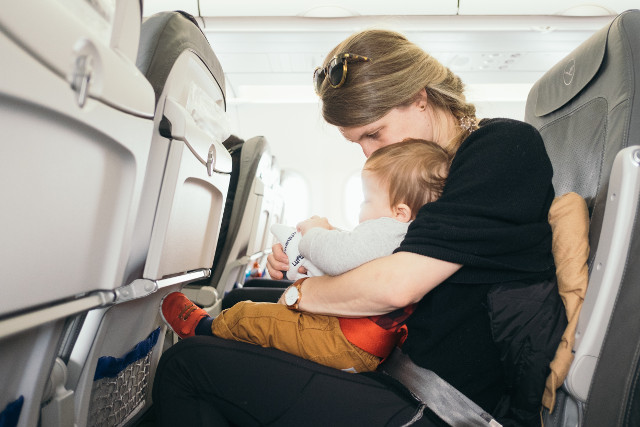
By now, the plane is up in the air. The air pressure is somewhat stabilised. Continue to cuddle your child and do what you would normally do to encourage him or her to sleep.
You can stroke their hair and eyebrows gently, or carry them in your arms and gently rock them. Do what works best for your child.
I rocked Dwayne gently until he fell asleep and took a gamble by slowly placing him in the bassinet to see if there was any attempt to wake up. If he moved or struggled, I would retreat from the bassinet and continue to rock him.
Mid-way in your flight
This is the time to plan your next move for the next 4 to 5 hours before the plane lands. Ask the stewardess or steward if they can help to wash your child’s milk bottle. After that, make a mental note of when the next feed would likely be.
Have something to eat before your child gets up. If you happen to miss your meal, check with the aircrew if they have any food left or small bites (snacks).
Remember the earlier part about putting a smile on and making some friends? This is the part where it comes in handy. If you are comfortable, ask for some help from a friendly neighbour or aircrew to watch over your little one as you take a quick pee-break.
When I was travelling back to Singapore alone with Dwayne, I had a really nice friendly neighbour who watched over him. But there was also a time when I had to carry him with me into the cubicle to relieve my bladder.
Landing
Before landing, make sure that you have replenished your stock of hot water for your after-landing adventures ahead. Check that you have filled up any relevant travel documents and if it’s near feeding time, make that bottle of milk before you pick your baby or toddler from the bassinet.
If you feel that you are all set, pick up the little one and do the same cuddling and comforting process as you did before take-off.
Travelling With Baby: Commonly Asked Questions
Does the rule on no water to be brought in during boarding apply to parents with children?
No, it does not apply.
Does the rule on 100ml apply to diaper cream and other baby stashes in the diaper bag?
No, it does not apply. But be sure to keep only baby items inside the diaper bag when you declare the diaper bag and also communicate this to all your fellow travelers. I say because my helper once packed her shower cream (more than 100ml) in Dwayne’s bag on our flight back as she forgot to pack it in advance. And I declared that there was nothing than baby items with gusto.
What happens if my infant doesn’t feel comfortable in the bassinet?
Put on a smile and carry that little champion out to sleep, then try your luck again later.
What happens if my infant rejects the milk or due to hunger, drinks the milk just ahead of take-off or landing?
The rule of thumb is to have a suckling motion. If your infant has a habit of sucking thumb, let them do it. If your infant has an orthodontic pacifier, use it. If you are breastfeeding, you know the drill.
This article is contributed by Lavania Rogers.
* * * * *
Like what you see here? Get parenting tips and stories straight to your inbox! Join our mailing list here.
Want to be heard 👂 and seen 👀 by over 100,000 parents in Singapore? We can help! Leave your contact here and we’ll be in touch.










